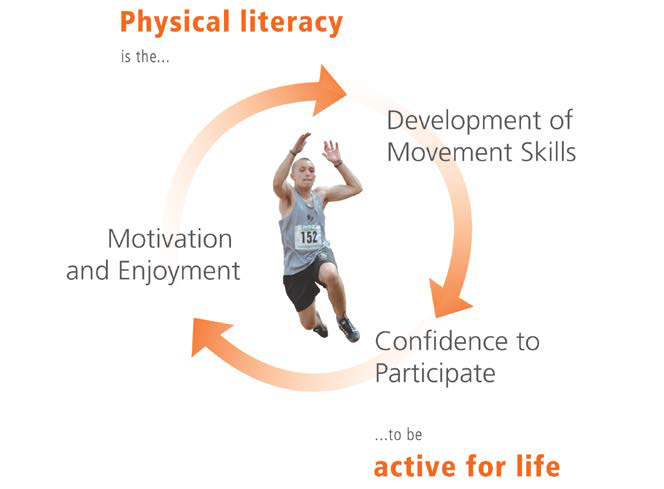
A 30x30 Wellness Blog by Rebecca Sovdi, Senior Policy Analyst and Clinical Practice Consultant for Diabetes
The year 2020 has been like no other. This pandemic has meant some major adjustments to our daily lives, which can be both a good thing and a bad thing. For me personally, not having 30 minutes of walking to and from the office was a significant change, so I have been adapting to that by incorporating activity in other ways like lunchtime workouts, biking, gardening, and hiking.
During FNHA's second annual 30x30 challenge, we hope that you are able to make connections with other amazing wellness champions and gain inspiration. Below are some ideas and resources to spruce up your daily routine and keep you going strong for the remainder of the challenge!
Be active as a family - Although our social interactions may look a little different while families and communities try to minimize their risk for COVID-19, we can still be active with others in our bubble. Berry picking, riding bikes, playing soccer, hiking or walking, and dancing are all ideas of activities that can be done in a small group.
Spread the 30 minutes throughout the day – Some people may find it difficult to find time in the day to do a continuous 30 minutes of activity, which is okay! Break it up into smaller segments – 10 minutes in the morning, 10 minutes at lunch and 10 minutes before dinner, or set an alarm and doing a quick five-minute activity break at the top of every hour throughout the workday or school day.
Try something new - For some people, doing the same thing day after day can be boring and a barrier to maintaining an active life. Being active should not be boring, so if you are bored of your same old routine, try something new. Follow a new route for your walk, work out with a friend, or add some music! If you have not already discovered it, BC's own Indigenous Sport, Physical Activity, and Recreation Council (ISPARC) is a great resource for you or your community.
Get outside - Being active outdoors has even more added health benefits than being active indoors, including vitamin D production (spring and summer months), improved sleep, improved mental well-being, and grounding/connecting.
Use technology - There are so many apps and gadgets available today that can support an active lifestyle. For many people, this technology can be an excellent motivator. Find one that is best suited to your style of activity – walking, weight lifting, yoga, dance, and many others.
Promote physical literacy - Have you heard the term “physical literacy"? It refers to the key elements that individuals need to participate in sports and physical activity, including the motivation, confidence and skills to be active for life. Physical literacy is especially important during the early years to start building lifelong patterns and joyful movement. For more information about physical literacy and for some activity ideas for your family, check out Appetite to Play and Active After School. If you play a leadership role in developing programs for physical activity, here is another great resource called Indigenous Communities Active for Life.

Decrease insulin resistance through muscle building – For people at risk for or living with type 2 diabetes, there can be added benefits from strength training and muscle building. The cells in the body that process sugar/glucose for energy can become resistant to insulin, which is a hormone that allows for the entry of the glucose into the cells. When insulin resistance is present, the glucose just stays in the blood stream. One of the best ways to treat insulin resistance is through muscle building. ISPARC's YouTube Channel is a great resource! You can also check out some Resistance Exercise recommendations by Diabetes Canada. Stay tuned for more information about diabetes coming out in November, which is Diabetes month.
Eat joyfully – The pandemic has brought food worries and other stressors for many people. During these times of high stress, fueling your body with food that you enjoy and that makes you feel good can support holistic health. The types of food that support a feeling of wellness and balance can differ from person to person, but generally it means eating foods that suit your cultural and personal preferences, and contain a variety of nutrients.
Rebecca Sovdi is a Senior Policy Analyst and interim Clinical Practice Consultant for Diabetes at the First Nations Health Authority. She is a Registered Dietitian and Certified Diabetes Educator. She has French, Dutch, and German ancestry and lives as a visitor with her three-year-old son and husband in the traditional territory of the Cowichan people in the Cowichan Valley.

